Dr. Mira Bjelotomich Irons discusses the goal of creating a more diverse healthcare workforce
During a fireside chat, the president & CEO of the College of Physicians also discussed the college’s history, its impact and what attracted her to the role.
AL DÍA’s fifth annual Top Doctors event was held on Wednesday, Jan. 26, 2022, at the College of Physicians of Philadelphia.
During the program, a fireside chat between AL DÍA CEO Hernán Guaracao and the College of Physicians president Dr. Mira Bjelotomich Irons took place.
Dr. Irons joined the organization in July 2021. She is the 6th President and CEO of the College of Physicians, and the first woman to serve in these roles in the organization’s 235-year history.
Prior to this, she was the Chief Science Officer and Group Vice President, Health, Science, and Ethics at the American Medical Association (AMA). Dr. Irons is a board-certified physician in Clinical and Biochemical Genetics and Pediatrics.
The College of Physicians was founded in 1787 with a goal “to advance the science of medicine and to thereby lessen human misery." One of the college’s co-founders was Benjamin Rush, who had also signed the Declaration of Independence 10 years prior, and is also considered the father of American Psychiatry.
Dr. Irons said of the organization, “It’s a professional society, it’s not a college in the sense of a degree-conferring organization. It’s a college in the sense that it gathers people. We have 1,500 fellows that are leaders in medicine and healthcare through the years. It serves as a gathering place, an important gathering place at the intersection of medicine, public health, and the public.”
Dr. Irons connected what the college aims for to similar remarks Top Doctor’s advisory board chair Kevin Mahoney made in his opening speech about hospitals working together.
“The college serves as a gathering place…This is where those conversations can happen,” she said.
When asked what about the institution existing in this city that she was proud of, she replied that it was part of Philadelphia being home to many of America’s medical firsts.
Other firsts include the first hospital and The Woman’s Medical College of Pennsylvania, the first medical college in the world for women.
“It all starts with a group of people coming together, having an idea, having something that they’re passionate about, and then making it happen. And I imagine that’s how the college started years ago, over 200 years ago. There was that tradition of medicine, history, and healthcare here in the city and they wanted to preserve that,” said Dr. Irons.
RELATED CONTENT
When asked what part of the collection impressed her the most, Dr. Irons talked about a recent heart donation. The heart came from Robert Pendarvis, a man with a condition known as Acromegaly.
This condition is usually caused by a tumor on the pituitary gland which causes it to release more growth hormones than normal. In children, it can cause what is called Acromegaly gigantism because their growth plates aren’t closed yet. In Pendarvis’ case, it caused parts of his body, like his hands and feet to swell. It also caused his heart to enlarge and need to be taken out. After his heart transplant, Pendarvis donated his old heart to the Mütter Museum so it could be studied and help doctors learn more about this rare disease.
During the fireside chat, Dr. Irons spoke about what he said after the surgery. “He had a heart transplant and his surgeon said that his big question after he had the heart transplant wasn’t ‘how am I doing?’, but ‘did the heart make it to the Mutter Museum?’”
Later in the chat, she discussed some of the educational programs the college offers to high school students to get them interested in the medical field. These programs are what she said caught her interest in working at the college.
Currently, there are several programs, such as one for girls from the African diaspora and one for LGBT+ students. Dr. Irons expressed a hope to have a program aimed at Latinx students in the future.
Dr. Irons emphasized the point that physicians themselves can help students get into the field by just meeting and talking with them. She pointed out that she herself, as a first-generation student, didn’t know how to get into the field and relied on mentorship and those who are already in the field for guidance.
When talking about how she’d like to be remembered, she again touched on inspiring young people to go into the field of healthcare.
“I think it's a wonderful career, but creating an environment for more and more kids of diverse backgrounds to become physicians or go into healthcare is certainly an important legacy,” she noted.
“My message is always look for who’s not at the table. Really, look for the gaps. Look who’s not at the table…And look for the voices you’re not hearing. That’s the first step. And then give them a leg up. It can really mean a lot.”




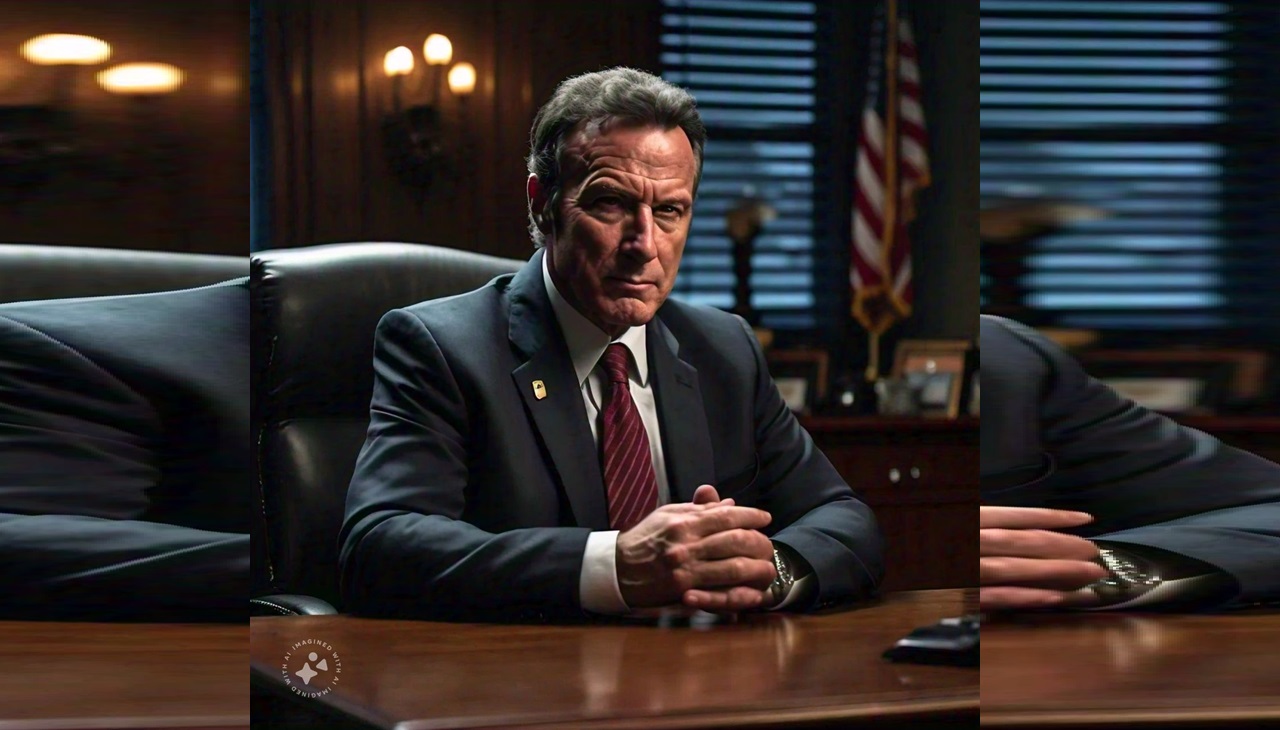

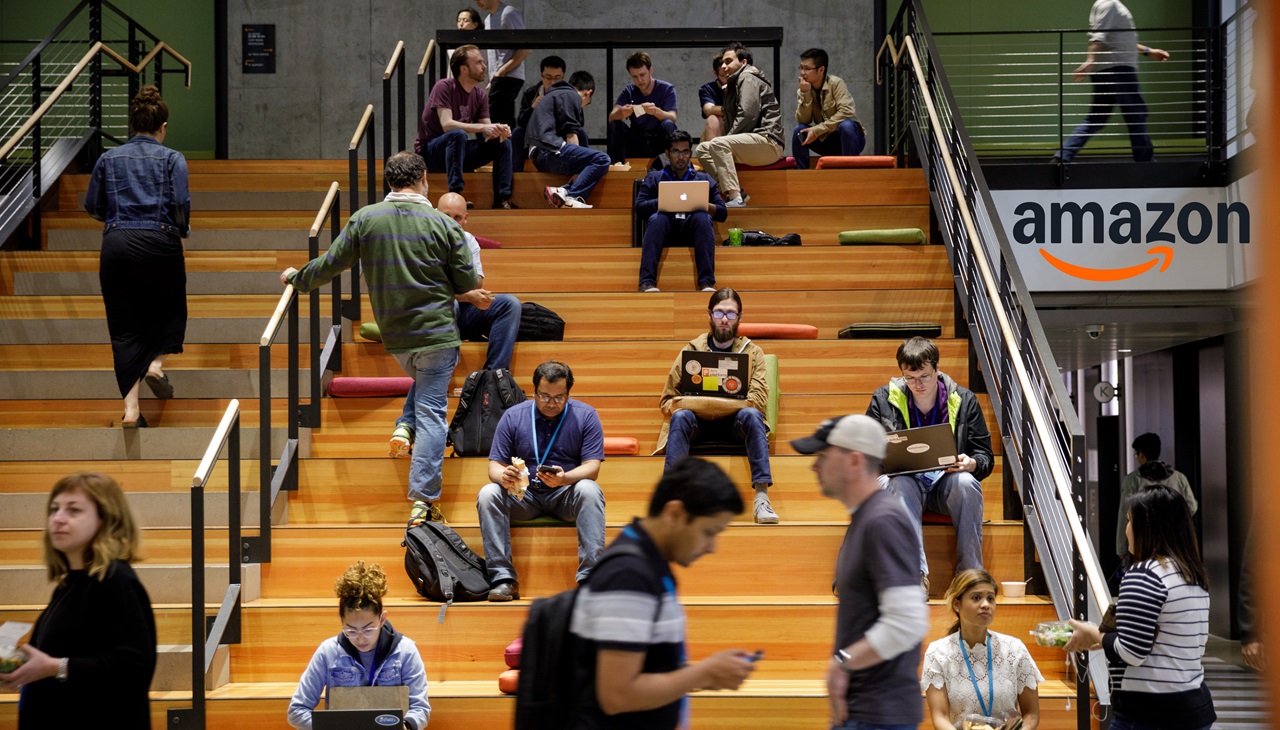

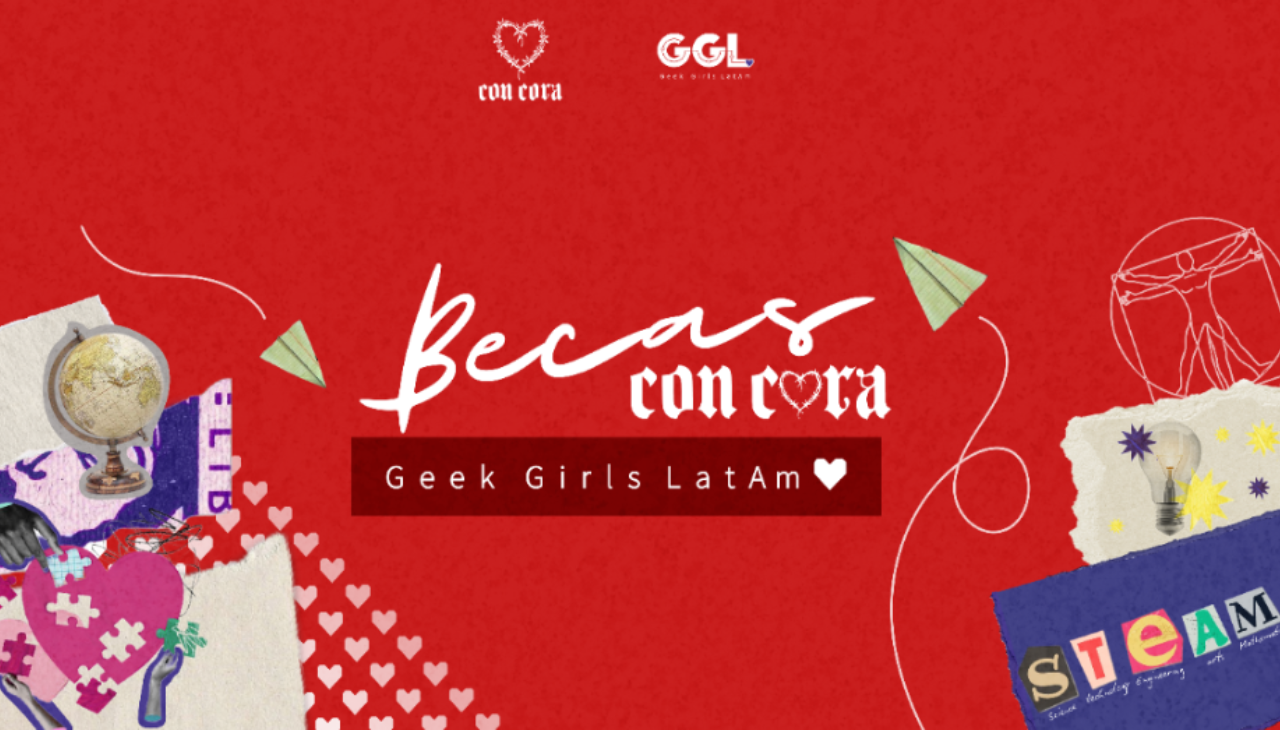
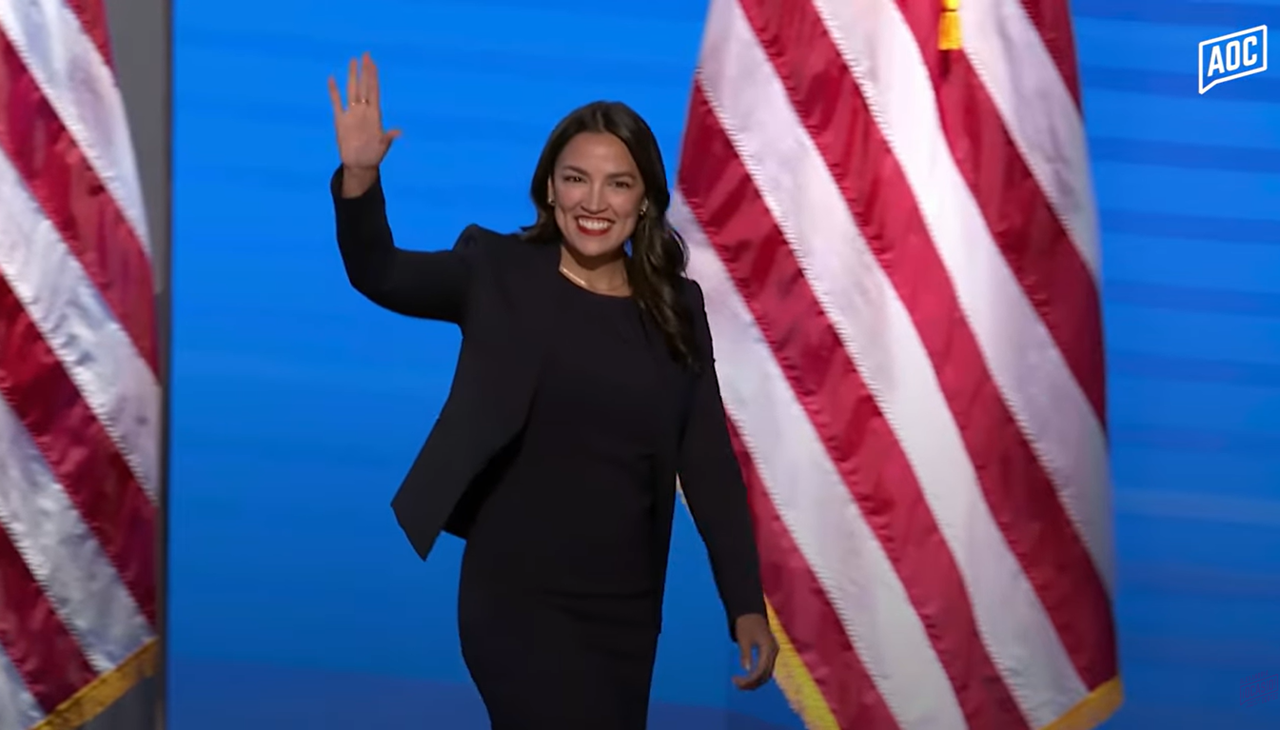
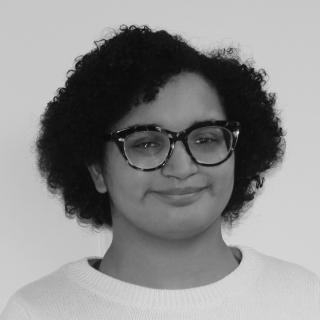
LEAVE A COMMENT:
Join the discussion! Leave a comment.